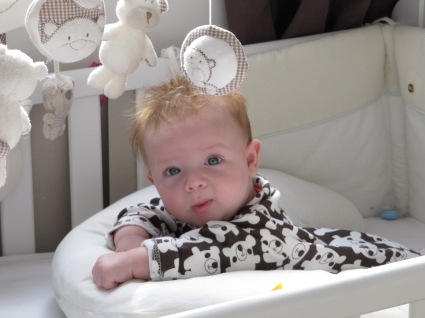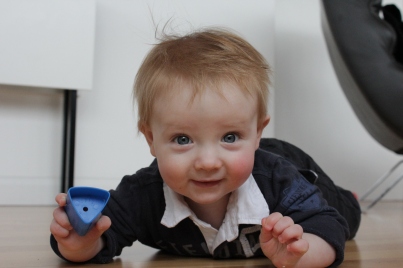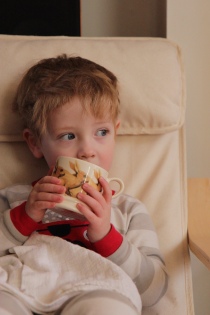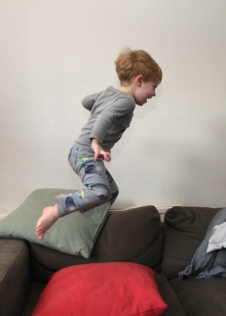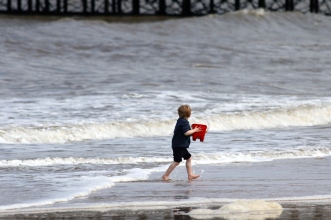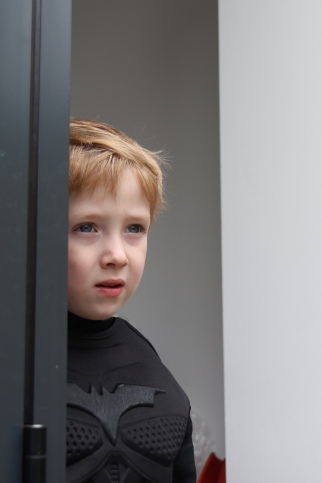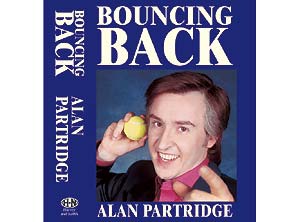
“Always be yourself. Unless you can be Batman.
Then, always be Batman” – Unknown
19 May 2010 was the day that my life changed completely.
I became a father two days later, but only because Frederick Peter King took 40 hours to make an appearance. This is nearly as long as it now takes him and his brother to leave the house. Presumably, he just had to find his shoes, finish whatever it was he was making out of Lego, decide what he NEEDS to take with him, and argue about whether it is a good idea to wear a snowman jumper in 20°C sunshine before leaving, or whatever the in utero equivalents are.
Overall, Freddie’s arrival, and the arrival of Caspar 2½ years later, were the best things that could ever have happened to me. But they were not a solution to any of the issues that I had been dealing with my whole life (children rarely are), and in many ways exacerbated my symptoms, stopped me from getting help (when I finally saw my GP she diagnosed it as “baby blues”) and put me on the downward spiral to the breakdown.
Before I go any further, I want to make two things clear. Firstly, I was not the one that had to go through the nearly two days of pain and terror that was Freddie’s labour, and I know for sure that any ultra-marathon I sign up to in the future will be nothing compared to that, even if it lasts as long.
Secondly, I recognise how incredibly lucky I am to have a child, let alone two healthy (most of the time), beautiful, happy (most of the time), loving and wonderfully weird boys. This has been thrown into sharp focus in the last year through the experiences of four people that are very close to me, including one of my Mont Blanc running partners. James’s story is his own to tell, but I can’t talk about the subject without asking you to follow this link, and donate to another incredibly important cause http://bit.ly/1Sna5C8.
Back to my own story. It seems to me that there are two types of parent, the ones that find parenting hard, and convincing liars. The worry, bewilderment, exhaustion and sheer repetitive drudgery that comes with having a child can at times overcome even the most patient, rational and well-supported parents.
For me it was much more than this though, and I know that I’m not alone. I’ve already described how spectacularly badly I handled the news of Camilla being in the family way (http://bit.ly/1IT153l), and how I felt completely unprepared to look after another human being. As the due date approached, the pressure became greater, and I became consumed by more worrying thoughts.
One of the most frequently used words in therapy to describe myself was (and in many ways still is) “fraud”. Ever since I was a teenager I’ve been convinced that one day I would be found out; exposed for the feeble, weak-minded weirdo that I am; that my ability to conduct a normal life was just a flimsy facade.
As a father, the consequences of my true identity being unmasked were exponentially increased, and I lost my only escape route. Without wishing to sound self-pitying, before Freddie came along I felt that I could always disappear, whether temporarily or permanently, if it all got too much, or if my deception was exposed. Although my family and friends would obviously be very sad, they would, in time, get on with their lives, and Camilla would find someone that wasn’t punching so much above his weight. Perhaps this is the reason why so many people with depression feel the urge to distance themselves from those close to them, and why it is so important to spot the signs of this as early as possible. The further the gap, the harder it is to come back.
When Fred arrived, there was someone in my life that couldn’t replace me, that would depend on me for love, support, money, and as someone to look up to. As will now be clear, I felt completely unqualified for this role.
I also started experiencing unsettling bouts of manic obsession, and became even more convinced that something would go wrong. As a baby, Freddie had a number of issues that disturbed his sleep, the worst of which being the idiot who woke him up every time he was still, to make sure that he was still breathing. I also spent a whole week cleaning and disinfecting every wall, floor, fixture, fitting and moveable object in the house. Camilla had to force me to stop in the end, persuading me that it would be a few years before Freddie would start reading my pretentious collection of Penguin Classics.
What was most difficult to deal with was the all-consuming fear that Freddie would turn out like me. Although he is definitely very sensitive, single-minded to the point of obsession and prone to pretty extreme mood swings, even for a five year old, things will be different for him for two reasons. Firstly, even if he does suffer from mental health issues, he’s got me and Camilla, who are now more experienced than we would ever want to be in dealing with the highs and lows of bipolar depression, and perhaps I can be a role model by showing him how depression can be controlled much of the time, and that it is ok to seek help when it can’t.
Secondly, and most importantly, he is also more self-assured than I will ever be, as demonstrated by the exchange I had with him around 18 months ago:
FPK: “Daddy, you know that man?” [Points at his kid’s encyclopaedia]
UDR: “That’s Usain Bolt, Freddie”
FPK: “Is he really the fastest man ever?”
UDR: “Yes he is.” [Natural pedant that I am I wanted to say “fastest recorded man, over 100 and 200m”, but I was late for work and couldn’t spend the next hour giving him the history of running (that will come later)]
FPK: “He’s not faster than me though is he?”
UDR: “He’s the fastest man in the world, which means that no-one is faster than him, even you.”
FPK: “Yeah, but if I was on my scooter, wearing my Batman costume there is NO WAY that he would beat me.”
And that, ladies and gentlemen, is my eldest son in one conversation. If I can be a part of creating someone like Freddie, with so much confidence in his athletic ability that he calls out the world’s greatest sprinter, then maybe I’m not that bad after all.

